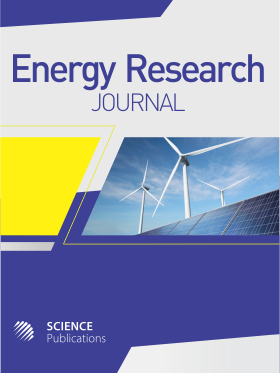Electrical Properties of Novel Lead Zirconate/Synthetic Rubber Composite Materials
- 1 Kasetsart University, Thailand
Abstract
Problem statement: Perovskite lead zirconate exhibits in an orthorhombic formation at a temperature below the Curie temperature, TC. Approach: The orthorhombic is non-centrosymmetric which is capable of spontaneous polarization (electronic, ionic and orientation), depending on their composition and volume fraction. Results: The results from FTIR spectroscopy, XRD patterns, and SEM indicate that the lead zirconate particles are dispersed in Acrylic Rubber (AR72) matrix. At a small amount of lead zirconate particulates present in the AR72 matrix, at nearly 0.3986% V/V (AR72/PZ_5), the electrical conductivity increases dramatically by two orders of magnitude. Conclusion/Recommendations: Our synthetic Rubber (AR72)/lead Zirconate (PbZrO3) composite materials can be successfully used as the candidate materials of soft Electroactive (ER) actuators, sensors, artificial muscles, and smart engineering devices.
DOI: https://doi.org/10.3844/erjsp.2011.34.37

- 6,048 Views
- 4,019 Downloads
- 0 Citations
Download
Keywords
- Perovskite lead zirconate
- composite materials
- actuators
- smart engineering devices
- artificial muscles
- curie temperature
